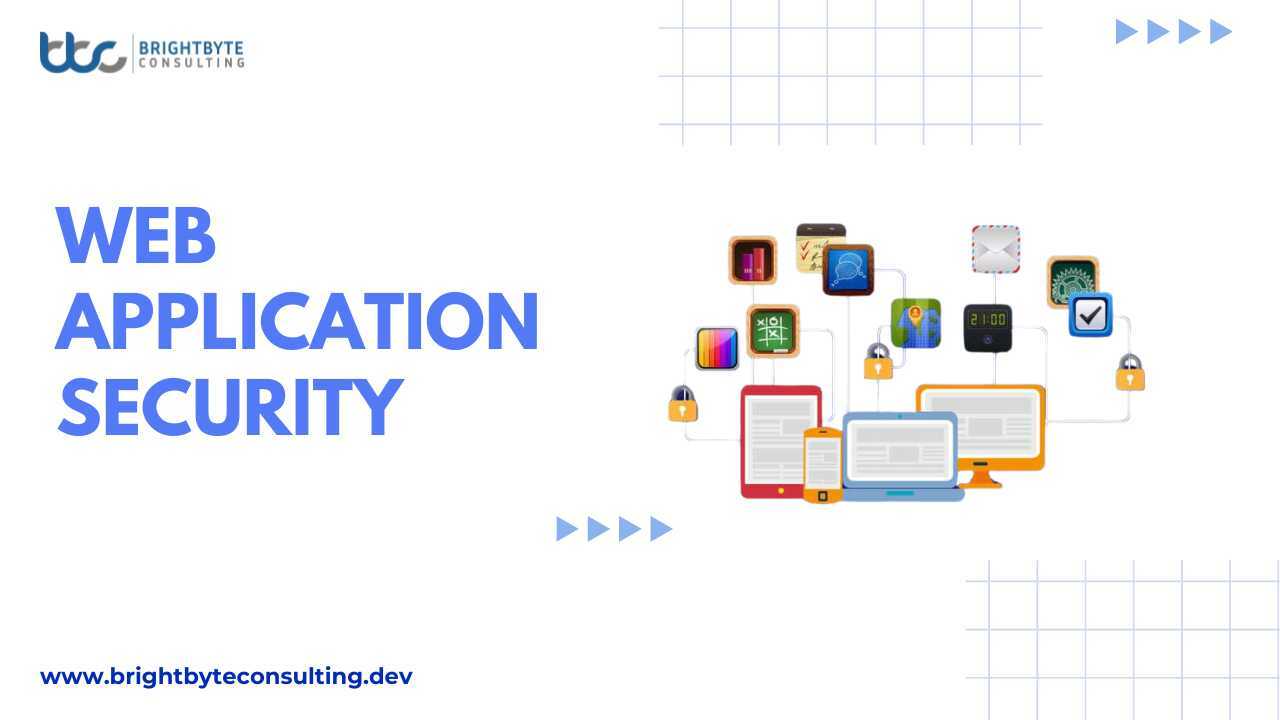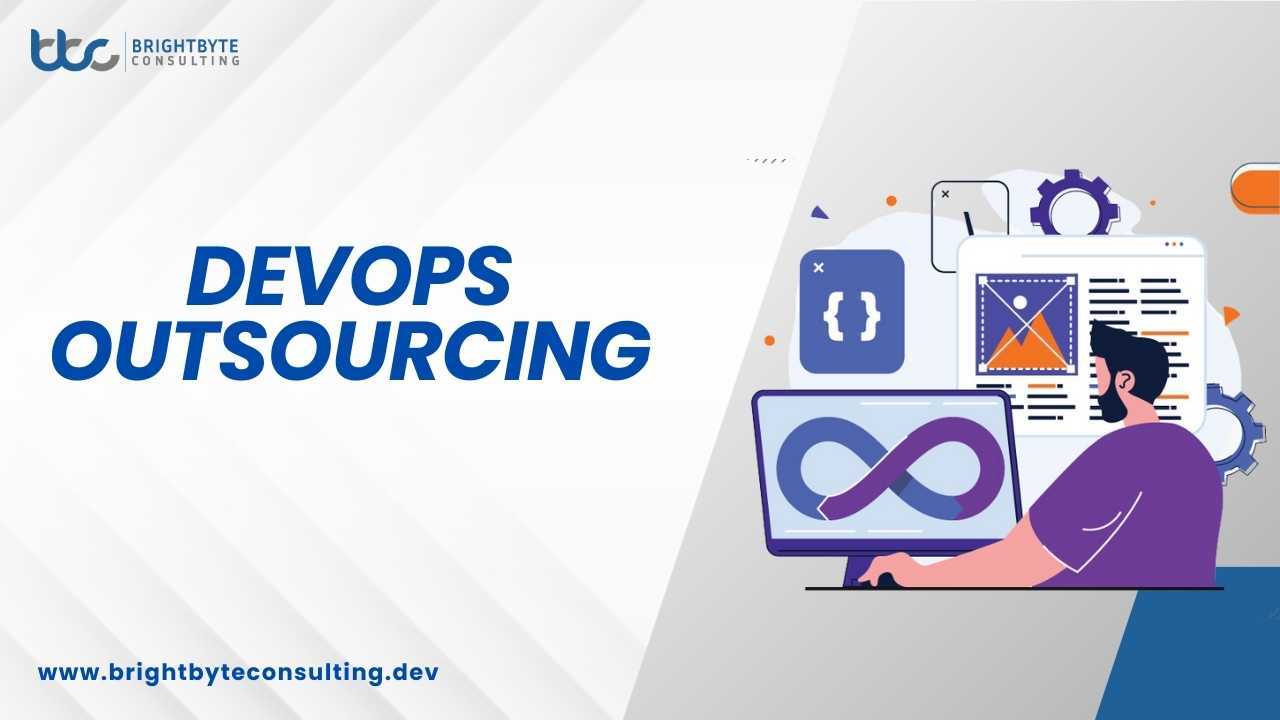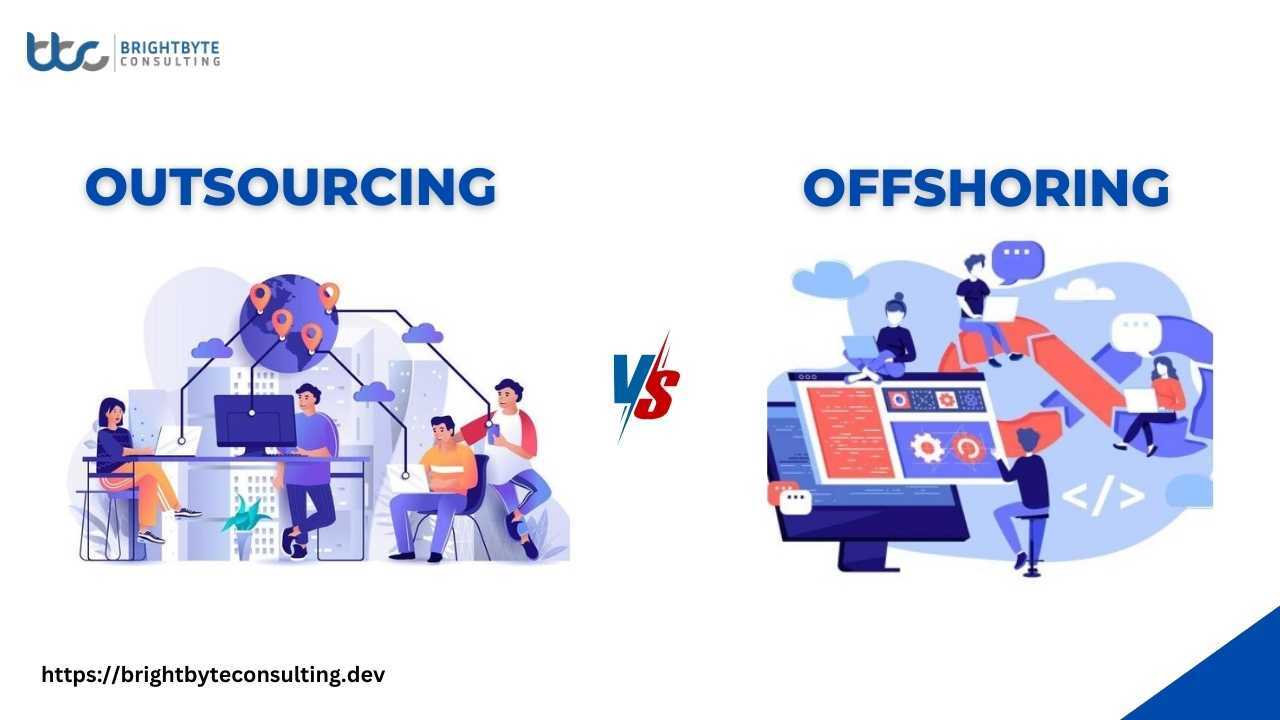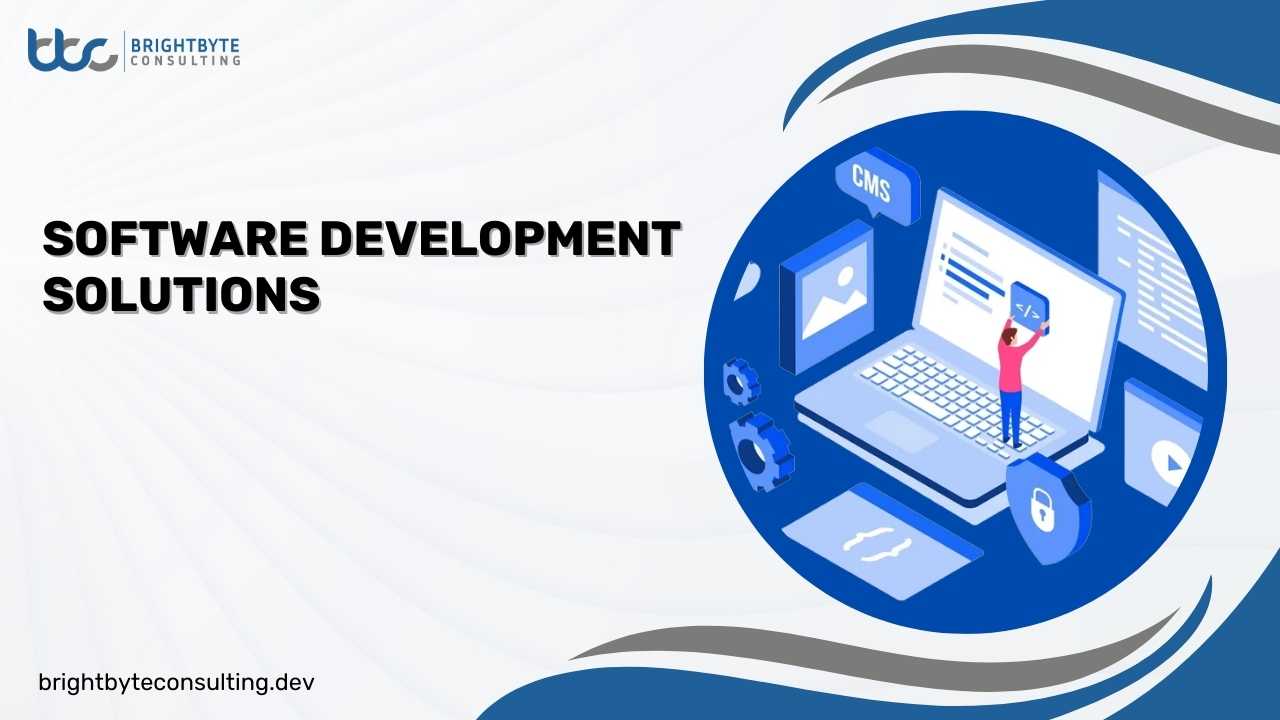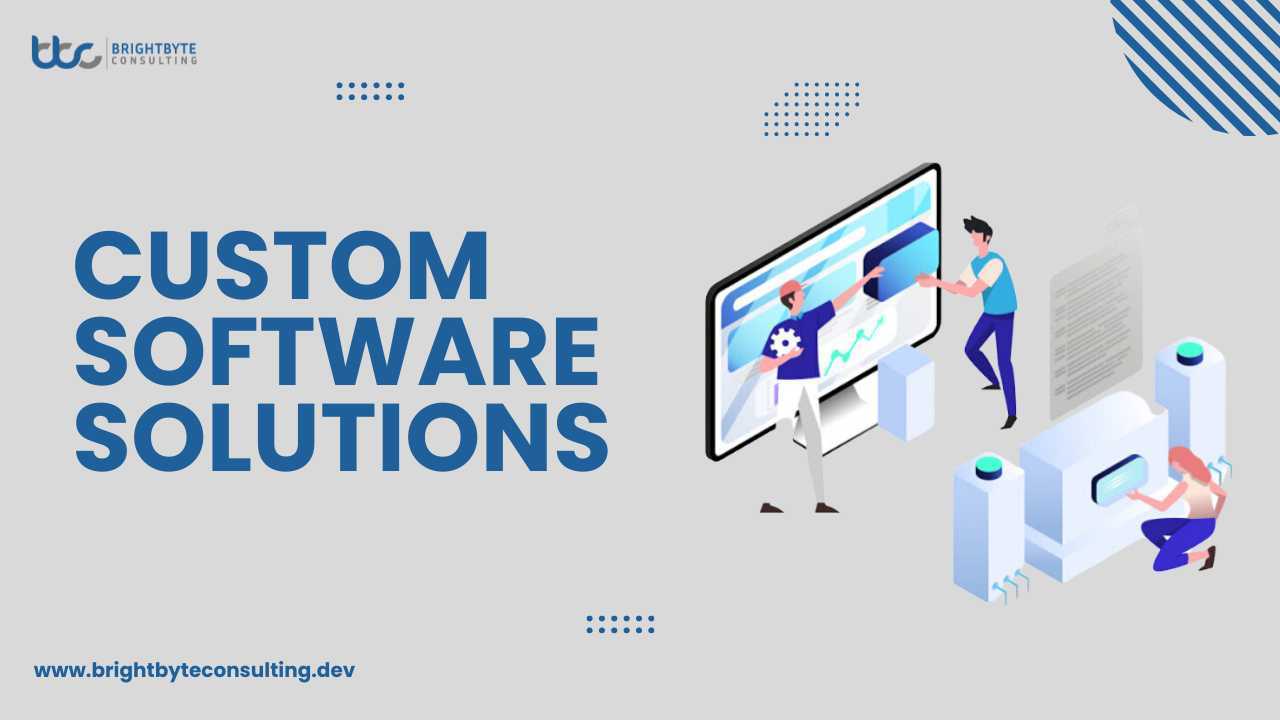In today’s digital age, your virtual identity is paramount. It’s not just about having a website; it’s about having a website that accurately reflects your brand, engages your audience, and drives business growth. Enter website redesign a powerful tool that can breathe new life into your online presence and propel your business forward.
Importance Virtual Identitiy
In today’s digital age, your website serves as the virtual storefront for your business, making it crucial to maintain a fresh and engaging online presence.
Why is website redesign essential?
Here’s a detailed exploration of why website redesign is essential for businesses:
- Keeping Up with Evolving Technology: Technology is constantly evolving, and consumer expectations are rising accordingly. What was considered cutting-edge design a few years ago may now appear outdated and clunky.Regular website redesigns integrate the latest web advancements, ensuring sites stay functional, appealing, and performance-optimized.
- Reflecting Brand Evolution: As your business grows and evolves, so too should your online presence. Your website should accurately reflect your brand’s identity, values, and offerings. A redesign provides an opportunity to align your website with any changes in your brand positioning, messaging, or target audience demographics. It’s a chance to tell your brand’s story in a compelling and authentic way that resonates with your audience.
- Improving User Experience (UX): User experience is a critical factor in determining the success of your website. A poorly designed or difficult-to-navigate site can frustrate visitors and drive them away to competitors. Website redesign enhances user experience by simplifying navigation, improving load times, optimizing for mobile, and adding intuitive design.
- Enhancing Functionality and Features: Over time, the needs and expectations of your website visitors may change. They may demand new features, functionalities, or interactive elements that enhance their browsing experience. A website redesign gives you the opportunity to assess and upgrade your site’s functionality to meet these evolving demands. A redesign lets you integrate e-commerce, add a blog, or implement chatbots, staying ahead and providing value.
- Boosting Search Engine Visibility: Search engine algorithms are constantly evolving, and they favor websites that offer high-quality content, good user experience, and mobile responsiveness. By redesigning your website with SEO best practices in mind, you can improve your search engine rankings and attract more organic traffic. This may involve optimizing on-page elements, improving site speed, fixing broken links, and creating fresh, relevant content that aligns with your target keywords.
- Adapting to Changing Consumer Behavior: A website redesign helps you stay attuned to evolving consumer behavior, preferences, and industry trends.By conducting market research, analyzing user feedback, and monitoring industry developments, you can ensure that your website remains relevant and resonates with your target audience.
Implementation of Software Soultions
Implementing software solutions can offer numerous benefits for businesses, but it’s not without its challenges.
Challenges in Implementation of Software Solutions
Here are some common hurdles companies may encounter when adopting software solutions:
- Complexity of Integration: Introducing new software into an existing ecosystem can be complex, especially if it needs to integrate with other systems or platforms already in use. Ensuring seamless integration without disrupting existing operations or causing data conflicts requires careful planning and execution.
- Cost Considerations: While software solutions can streamline processes and improve efficiency in the long run, the initial investment can be significant. Licensing fees, implementation costs, customization expenses, and ongoing maintenance fees all contribute to the total cost of ownership. Budget constraints may pose a challenge for some organizations, particularly small businesses or startups.
- Technical Challenges: Software complexity can lead to technical challenges like compatibility, system requirements, data migration, and scalability, requiring effective solutions.
- User Adoption and Training: Introducing new software to employees requires comprehensive training and change management efforts to ensure widespread adoption. Resistance to change, lack of familiarity with the new system, and inadequate training can hinder user acceptance and impact productivity.
- Security Concerns: Amid rising cyber threats, businesses must prioritize security when implementing software, protecting data, and ensuring regulatory compliance.
- Customization and Flexibility: Off-the-shelf software solutions may not always fully meet the unique needs and requirements of every organization. Customization options may be limited or come with additional costs, and finding a balance between customization and out-of-the-box functionality can be challenging.
- Vendor Reliability and Support: Choosing the right software vendor is crucial for the success of a software solution implementation. Evaluate vendor reputation, reliability, support responsiveness, and long-term viability to minimize vendor lock-in risks.
- Scalability and Future-proofing: As businesses grow and evolve, their software needs may change as well. It’s essential to select software solutions that can scale with the organization and accommodate future requirements. Avoiding vendor lock-in and ensuring compatibility with emerging technologies can help future-proof investments in software solutions.
- Addressing these challenges requires careful planning, stakeholder involvement, and collaboration between IT teams, business units, and software vendors. By proactively identifying and mitigating potential obstacles, businesses can maximize the benefits of software solutions and drive innovation and growth.
Why BrightByte for Software Solutions
Opting for software solutions and services presents businesses with numerous advantages. These solutions enhance efficiency through task automation and streamlined processes, fostering cost savings and heightened productivity. By embracing technological advancements, companies gain a competitive edge, delivering superior customer experiences, advanced data analytics, and improved operations.
The scalability of software allows seamless adaptation to growth, facilitating expansion into new markets and accommodating increased demand. Moreover, software solutions mitigate risks by automating processes and implementing robust security measures, ensuring protection against data breaches and operational disruptions.
Enhanced collaboration among teams, regardless of location, further drives efficiency and innovation. The adaptability of software enables businesses to swiftly respond to market shifts and regulatory changes, maintaining agility and resilience. Overall, software solutions are indispensable for driving innovation, growth, and long-term success in today’s digital landscape.
Conclusion:
In conclusion, the adoption of software solutions and services is pivotal for businesses aiming to thrive in today’s digital landscape. Software solutions offer myriad benefits, from efficiency and competitiveness to risk mitigation and innovation, fostering long-term success. By overcoming common challenges and embracing technological advancements, businesses can harness the power of software to streamline operations, improve customer experiences, and drive growth. With careful planning, collaboration, and ongoing adaptation, businesses can navigate the complexities of software implementation and unlock their full potential in the digital age.
Frequently Asked Questions:
What is the significance of software solutions for businesses?
Software solutions enhance efficiency, competitiveness, and innovation while mitigating risks in today’s digital landscape.
What challenges may businesses encounter when adopting software solutions?
Challenges include integration complexity, cost considerations, technical hurdles, user adoption issues, security concerns, customization needs, vendor reliability, and scalability requirements.
How can businesses address these challenges?
Businesses can address challenges through careful planning, stakeholder involvement, collaboration between IT teams and vendors, comprehensive training, robust security measures, and scalability considerations.
What benefits do software solutions offer?
Software solutions offer benefits such as task automation, streamlined processes, cost savings, heightened productivity, improved customer experiences, advanced analytics, and enhanced collaboration.
How can businesses maximize the benefits of software solutions?
Businesses can maximize benefits by embracing technological advancements, overcoming common challenges, staying agile and adaptable, and continuously optimizing their software solutions to meet evolving needs.


